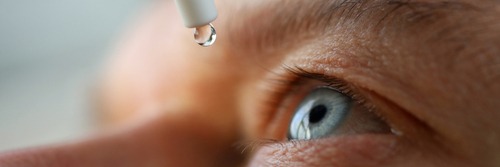
Biomedical Advanced Research and Development Authority (BARDA) officials said the agency has provided funding for studies evaluating the therapeutic potential of aCT1 eye drops in models of sulfur mustard corneal injury.
BARDA officials said the effort is via its Division of Research, Innovation and Ventures (DRIVe) Repurposing Drugs in Response to Chemical Threats (ReDIRECT) program, indicating aCT1 eye drops is the second compound to be investigated as a repurposing candidate under the ReDIRECT program, which is a partnership between DRIVe and the Chemical, Biological, Radiological and Nuclear (CBRN) medical countermeasures Branch.
Researchers maintain aCT1 is a synthetic peptide shown to promote wound healing while tempering pathological inflammation in the skin and eye. A topical formulation of aCT1, called Granexin gel, is in late-stage trials (Phase 2/3) for cutaneous radiation injury, cutaneous scarring from breast reduction surgery, and thermal burns.
The study is slated to probe the therapeutic potential of an ophthalmic formulation for long-term ocular injuries caused by blister agents, specifically sulfur mustard, per BARDA, adding repurposing aCT1 as a medical countermeasure (MCM) against mustard gas keratopathy has the potential to improve the quality of life after chemical exposure by preventing the vision loss.
The studies would assist efforts to establish deployable capabilities to be used to reduce adverse health effects following ocular exposure to sulfur mustard.




